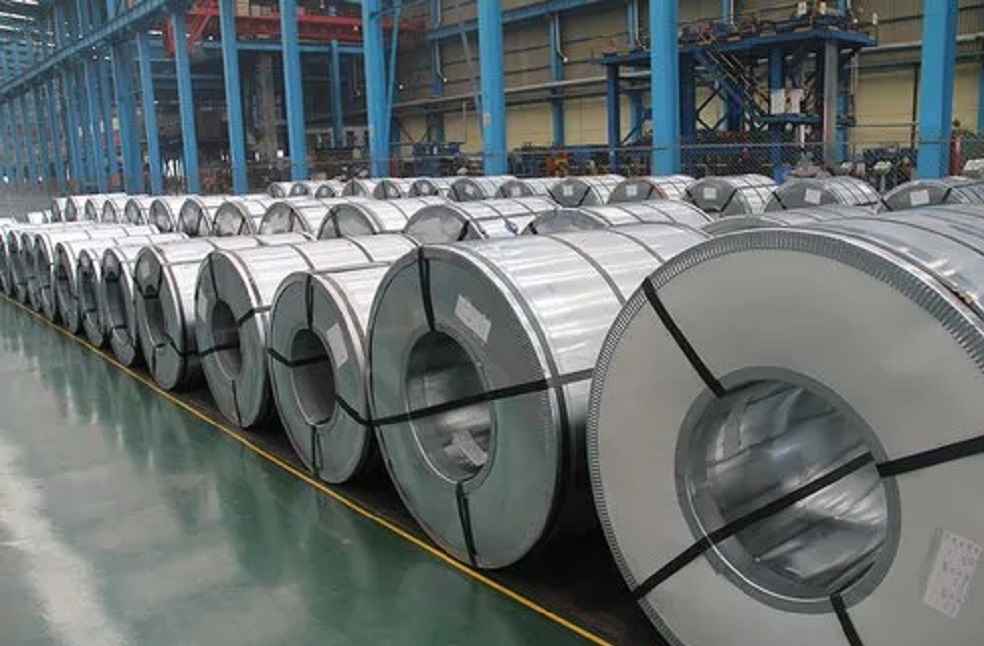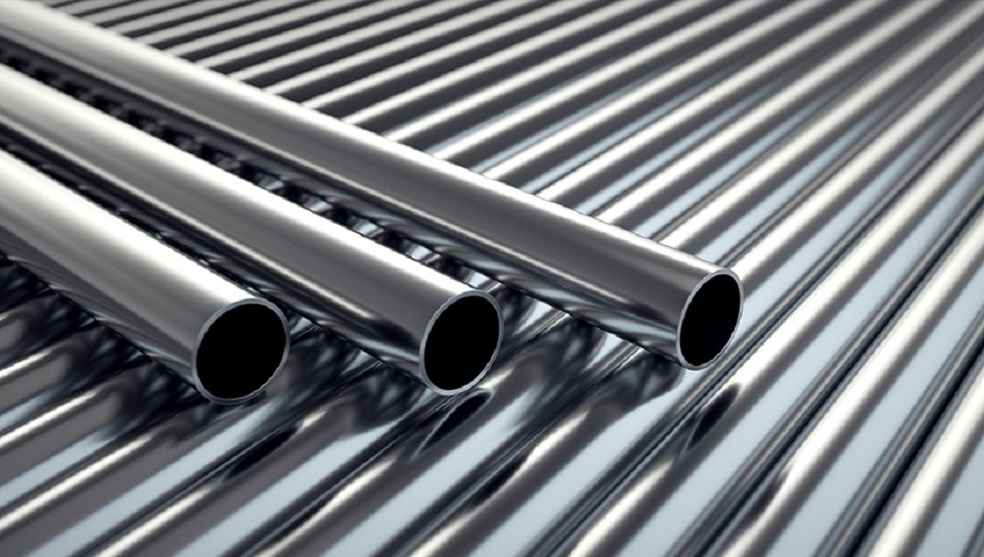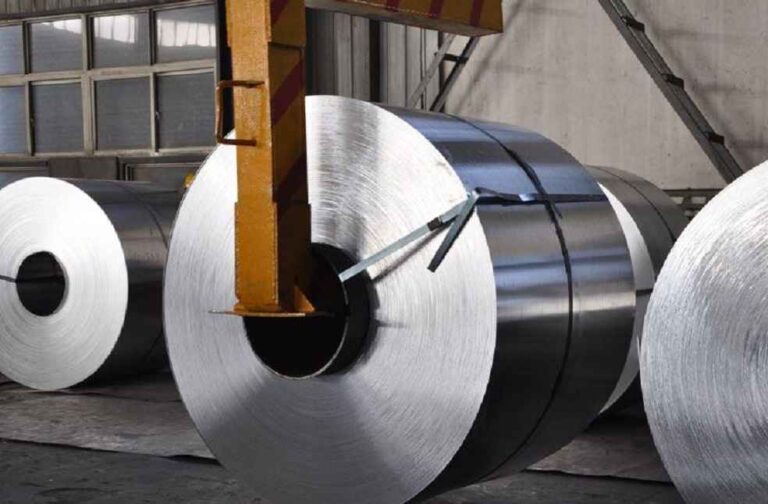India’s position as a net importer of steel as of May reflects major changes in global steel industry dynamics and the specific challenges faced by main producers like India. According to the Ministry of Steel, the early months of the fiscal year saw imports surpassing exports, a departure from last year’s robust export activity. This volatility underscores the unpredictable nature of the world steel market.
Data for May reveals that finished steel imports reached 0.55 million tonnes (mt), a 13% rise compared to the same period last year, despite a slight 5% reduction from April’s figures. For the months of April and May in fiscal year 2025, imports showed a 20% year-on-year increase, totaling 1.14 mt.

Conversely, export figures for May indicated a sharp shrink, with finished steel exports lowering by 38% year-on-year to 0.43 mt. This downward trend was consistent over the early two months of the fiscal year, with exports falling 40% year-on-year to 0.94 mt and declining by 15% from April.
A Ministry of Steel official noted the ongoing export challenges despite the slight fall in imports and robust domestic demand. In response, India’s tier-1 steel mills are focusing the domestic market over international exports. This transformation has contributed to a nearly 11% increase in domestic steel consumption, which reached 23.035 mt for April and May, up from 20.85 mt the previous year.
Price adjustments have also been implemented, with various mills increasing prices by Rs 500 to Rs 1,100 per tonne starting June 1st. On the international front, benchmark hot-rolled coil (HRC) export offers to Europe by Indian mills were set at approximately around $275 per tonne, following the European Commission’s introduction of a 15% import cap on HRC that exceeds existing quotas.

Consultancy firm BigMint emphasized additional external market challenges, pointing out the cautious approach of Vietnamese buyers and the sluggishness of the European market despite new import restrictions.
This intricate balance between domestic priorities and external market forces illustrates the navigation required as India continues to adapt to shifting market dynamics. The resilience and strategic adaptability of the steel industry will be critical for overcoming current export challenges and bolstering India’s domestic market position.
IMEX SECTOR | India Exim Bank Opens Nairobi Hub to Boost East Africa Trade



